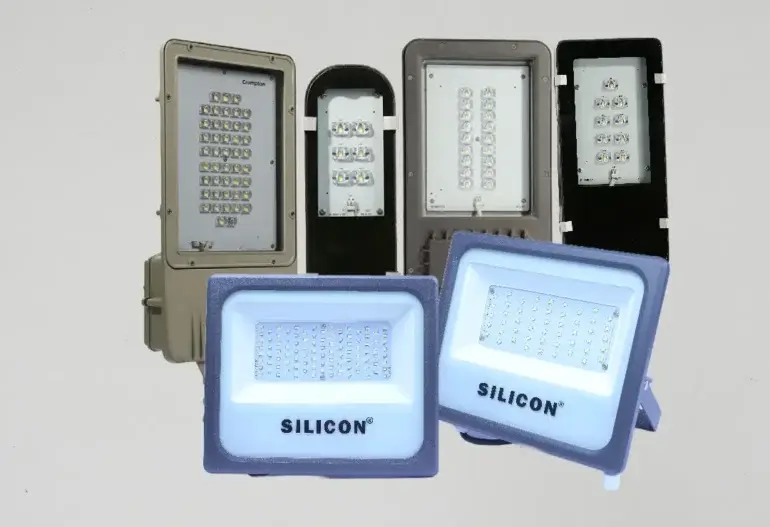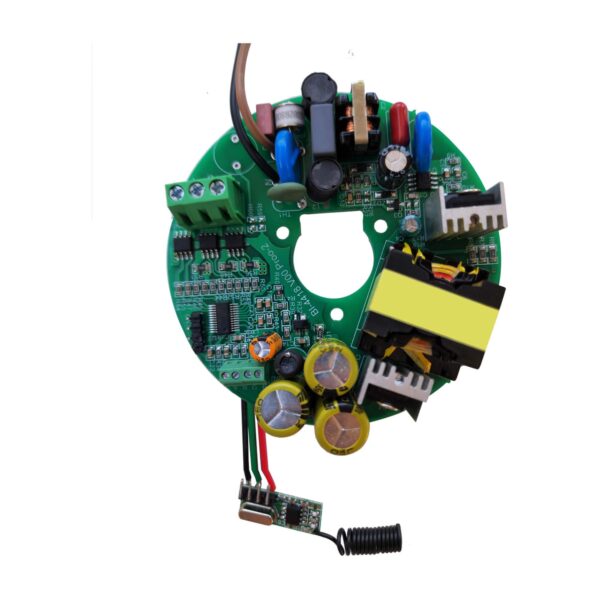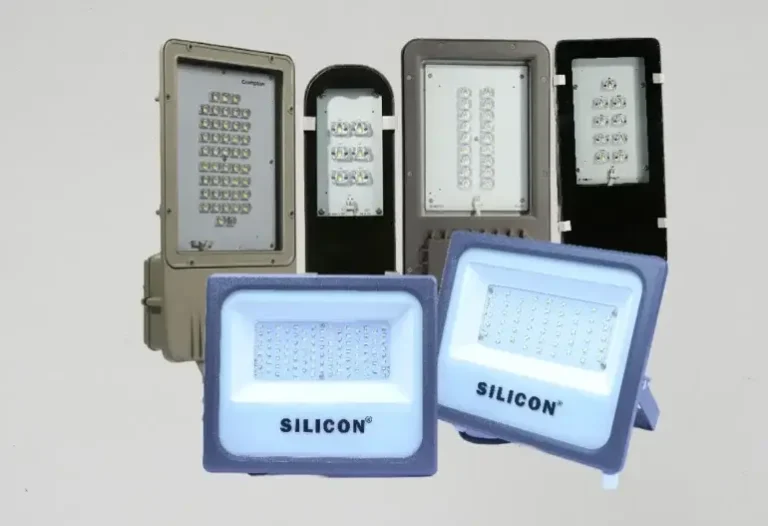Can LED lighting be used for outdoor applications?

LED lighting has become increasingly popular for use in outdoor applications due to its energy efficiency, durability, and versatility. In this blog, we will explore the benefits of using LED lighting for outdoor lighting and provide some tips on how to choose the right LED lighting for your outdoor space.
Benefits of LED Lighting for Outdoor Applications
- Energy Efficiency: LED lights use up to 80% less energy than traditional lighting options, resulting in significant energy savings and lower electricity bills.
- Longevity: LED lights have a much longer lifespan than traditional lighting, lasting up to 25 times longer. This makes them an ideal choice for outdoor lighting applications, where replacing bulbs can be a challenging and expensive task.
- Durability: LED lights are highly durable and resistant to harsh weather conditions, making them suitable for use in outdoor environments. They are also less prone to damage from vibrations and impact.
- Versatility: LED lights come in a range of colors, shapes, and sizes, making them suitable for a wide range of outdoor applications. They can be used to create ambiance, highlight specific features, or provide functional lighting for safety and security.
Choosing the Right LED Lighting for Outdoor Applications
When selecting LED lighting for outdoor applications, it’s important to consider the following factors:
- Color Temperature: The color temperature of LED lights is measured in Kelvin (K). For outdoor applications, a color temperature of 5000K is recommended, as it provides a bright and clear light that is ideal for safety and security.
- Brightness Level: The brightness of LED lights is measured in lumens. For outdoor applications, a brightness level of 5000 lumens or higher is recommended for optimal visibility.
- Waterproofing: Since LED lights will be exposed to the elements, it’s important to choose lights that are waterproof and suitable for outdoor use.
- Directional vs. Omnidirectional: Depending on the application, you may need directional or omnidirectional LED lights. Directional lights are best for highlighting specific features, while omnidirectional lights provide general lighting.
- Smart Lighting: Smart LED lighting allows you to control your outdoor lighting through an app on your smartphone or with voice commands. This added convenience and control can be especially beneficial for outdoor lighting.
In conclusion, LED lighting is an excellent choice for outdoor applications due to its energy efficiency, durability, and versatility. By considering factors such as color temperature, brightness level, waterproofing, directionality, and smart lighting options, you can select the ideal LED lighting for your outdoor space.





